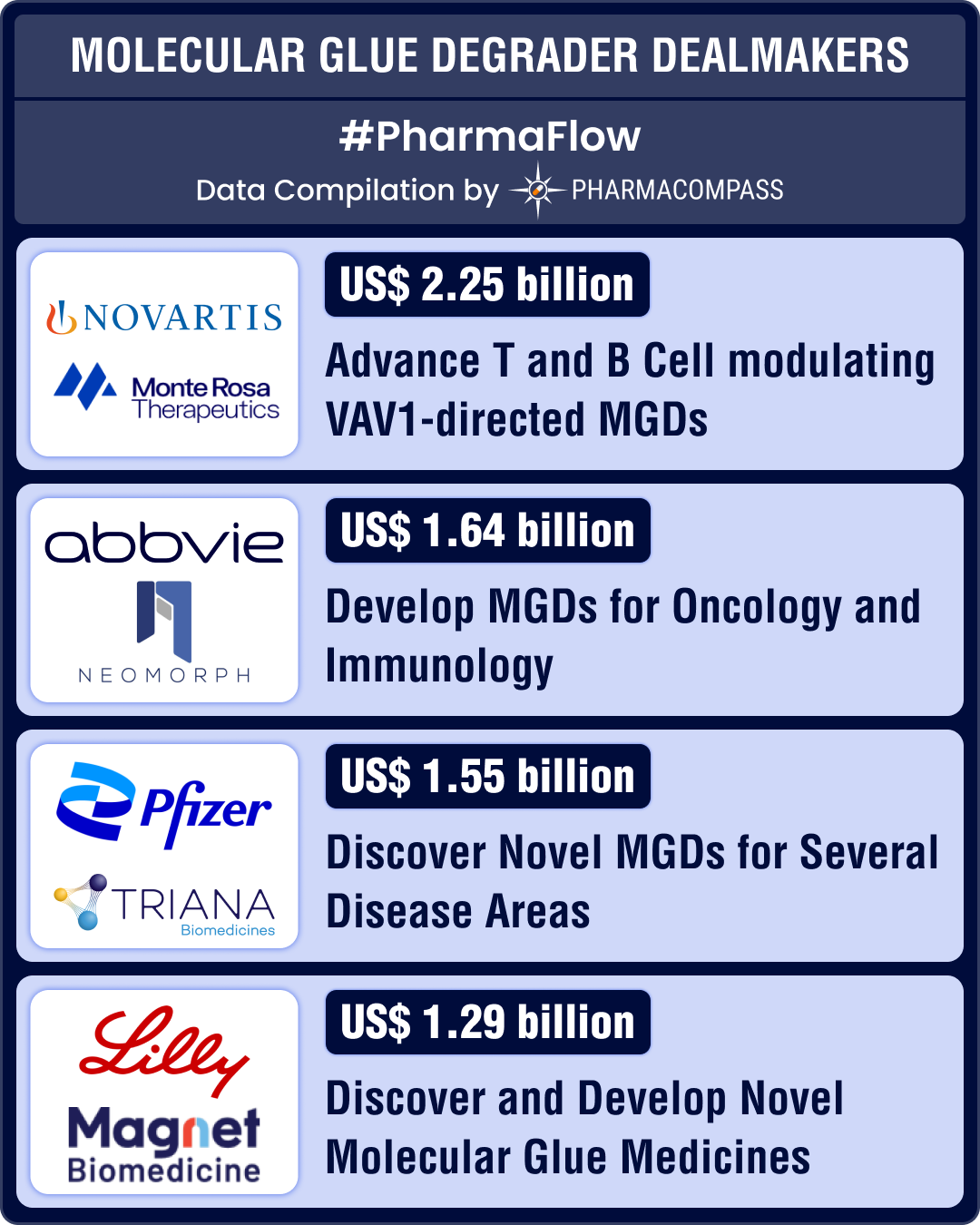
Legally cultivated cannabis, in some parts of the United States, resulted in a boom, which could never have been previously imagined. Just last year, there were so many growers that, in the state of Washington alone, more than 20,000 kg of marijuana (cannabis) was available, which didn’t have any takers!
Last year also saw the stock market recognize the value of little known, GW Pharmaceuticals, a UK based company, focused on developing medicines from marijuana. Their product, Sativex, already approved in 27 countries is currently awaiting USFDA approval.
With Wall Street valuing GW Pharmaceuticals at almost $2 billion, is there a future for marijuana based medicines?
Increasing production of legal marijuana
Marijuana or cannabis, is ‘still’ classified as schedule 1 drug, which means that the Drug Enforcement Agency (DEA), believes there is no currently accepted medical use and the drug isn’t safe to use even under medical supervision. However, with all the research interest, the DEA has proposed a massive increase in the amount of marijuana production. It will hopefully allow, that the demands of the researchers will finally be met.
Highly curative?
There are two key active ingredients inside Marijuana, Cannabidiol (CBD) and Tetrahydrocannabinol (THC). While the potency of marijuana is linked to the amount of Tetrahydrocannabinol (THC) inside it, Cannabidiol (CBD) which isn’t responsible for the high, is the one considered to have the wider scope for medical applications.
Epidiolex// treatment of epilepsy in children?
An orally-administered liquid containing CBD has received orphan drug status in the US, under the brand name Epidiolex. GW Pharmaceuticals, the developer of Epidiolex is also performing their second Phase III clinical trial to demonstrate its effectiveness in the treatment of epilepsy in children.
Sativex// treatment of spasticity
Sativex, a mixture of THC and CBD, is approved for sales in countries for the treatment of spasticity (muscle spasms and stiffness) related to multiple sclerosis; a disease that affects 1.3 million people worldwide, of which up to 80% suffer from spasticity.
In addition to THC and CBD, GW Pharmaceuticals, has also developed a portfolio of products based on the other cannabinoids found in the plant.
Marinol// approved in 1985
GW Pharmaceuticals isn’t alone since synthetic derivatives of THC have also been on the market for years. Dronabinol (brand name: Marinol), approved in 1985 for prevention of nausea and vomiting during chemotherapy, is estimated to have current sales of almost $450 million.
After the initial launch, the product also got approval for appetite and weight loss in patients with HIV/AIDS.
The product got reclassified, in 1998 by the DEA, from a Schedule II drug to a Schedule III one which allowed access to a wider patient base.
An open ‘high-way’ for business
Insys Therapetuics, another player in this space, who had their novel, more bio-available formulation of Dronabinol rejected by the FDA, still commands a market valuation of almost $3 billion.
Plant based medicines, like Paclitaxel, Docetaxel, Morphine, Codeine have made billions for the pharmaceutical industry in the past and the market valuations of GW Pharmaceuticals and Insys Therapeutics indicates similar expectations for developing medicines from marijuana.
With many other cannabinoids in the plant, raw material availability no longer as restricted as in the past, licensing opportunities on new indications available from the National Institute of Health (NIH)– it is just a matter of who hits the marijuana ‘high-way’ first?
The PharmaCompass Newsletter – Sign Up, Stay Ahead
Feedback, help us to improve. Click here
Image Credit : Self portrait - Me and my right hand man by MattysFlicks is licensed under CC BY 2.0
“ The article is based on the information available in public and which the author believes to be true. The author is not disseminating any information, which the author believes or knows, is confidential or in conflict with the privacy of any person. The views expressed or information supplied through this article is mere opinion and observation of the author. The author does not intend to defame, insult or, cause loss or damage to anyone, in any manner, through this article.”






